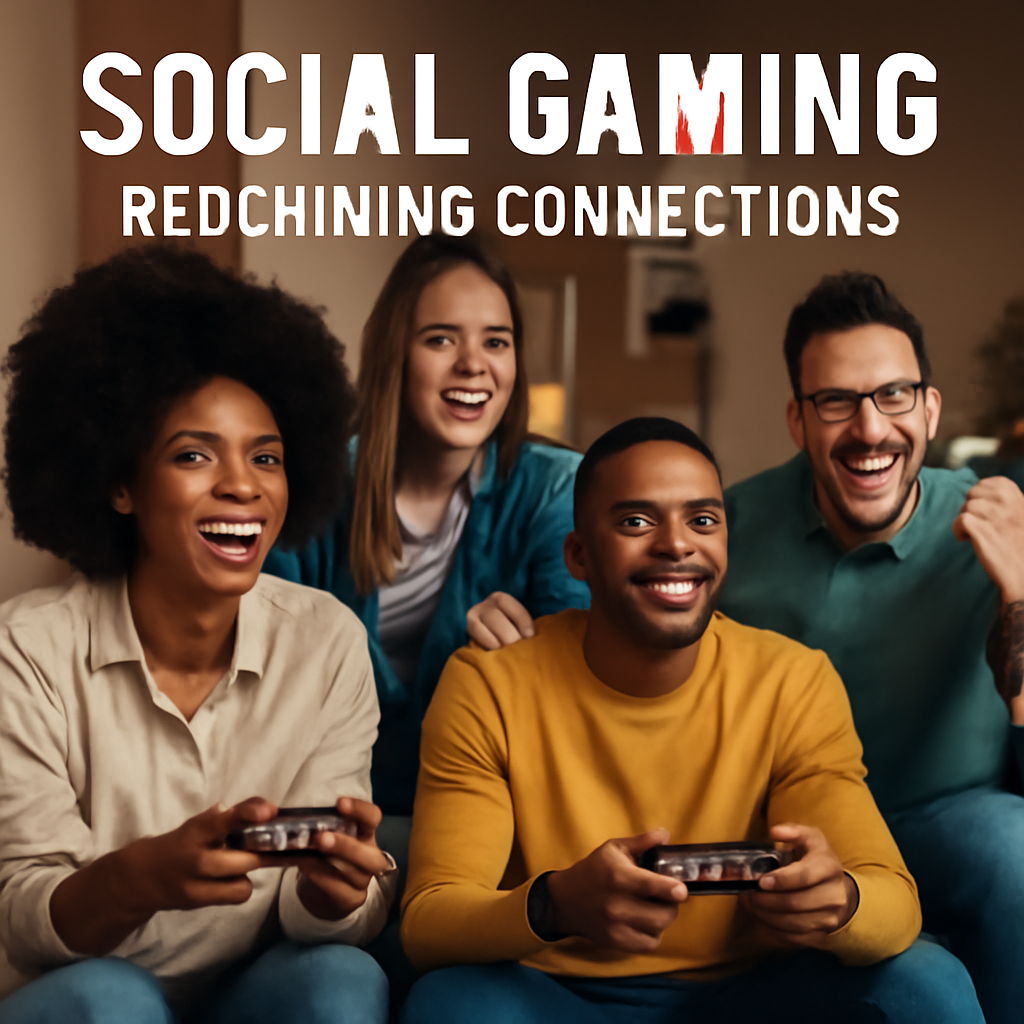Location
Mount Vernon, WA 98274
Location
Mount Vernon, WA 98274

In the ever-evolving landscape of gaming, community-driven development is reshaping how games are created and experienced. This article explores how players are becoming active participants in the development process, influencing everything from design to storytelling.
The gaming industry has undergone a significant transformation over the past decade, with players no longer just passive consumers but active contributors to the gaming experience. This shift towards community-driven game development is revolutionizing the way games are made, fostering collaboration between developers and players.
One of the most notable examples of this trend is the rise of platforms like Roblox and Fortnite Creative, which allow users to create and share their own games and experiences. These platforms empower players to unleash their creativity, leading to a diverse array of game genres and styles that might never have seen the light of day through traditional development channels.
Recent data shows that over 50% of gamers are interested in contributing to game development in some capacity. This statistic highlights a growing desire among players to engage with their favorite games on a deeper level. Developers have recognized this trend, integrating community feedback loops and collaborative tools into their development processes.
For instance, Among Us gained immense popularity not just for its engaging gameplay but also due to the active community that contributed to its evolution. Players shared modifications, game modes, and fan art, which fueled the game’s growth and kept it relevant long after its initial release. This interaction creates a symbiotic relationship where both developers and players benefit.
Moreover, the concept of crowd-sourcing ideas has led to some remarkable innovations. Titles like Dreams from Media Molecule showcase how players can create entire games, animations, and experiences, thus blurring the lines between player and creator. This encourages a culture of experimentation and collaboration, resulting in a richer gaming ecosystem.
As players take on roles as co-creators, the traditional model of game development is being challenged. Developers are increasingly relying on player feedback to shape updates, balance gameplay, and introduce new features. This responsive approach not only enhances player satisfaction but also builds loyalty as communities feel their voices are heard.
Ultimately, community-driven game development is not just a trend; it represents a profound shift in the gaming landscape. As technology advances and platforms become more accessible, we can expect to see even more players stepping into the role of creators, driving innovation and fostering unique gaming experiences. The future of gaming lies in collaboration, and the boundaries between developers and players are becoming increasingly blurred.